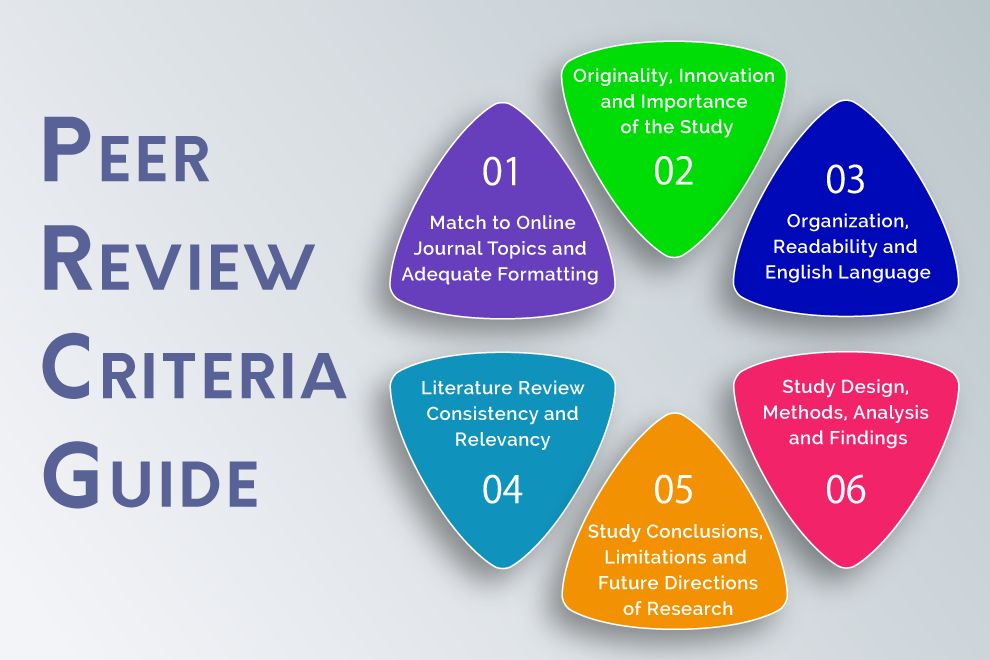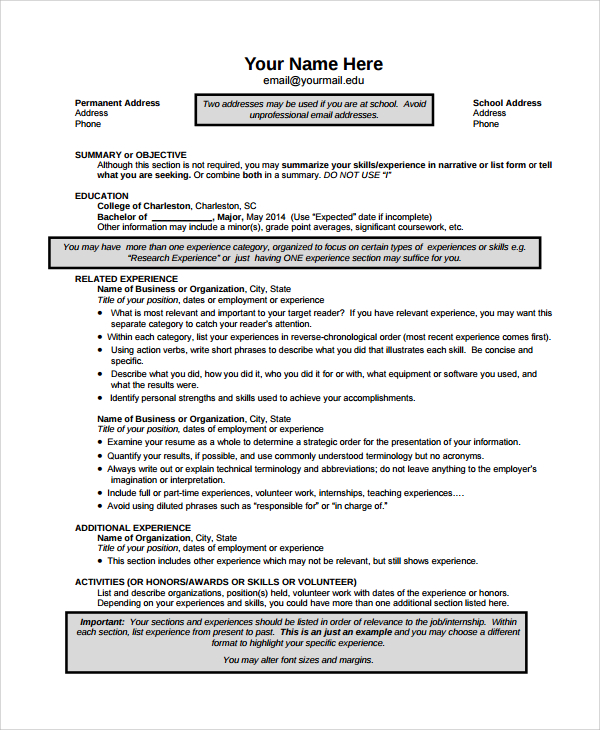
Make the best use of Researched information from + peer reviewed, Open Access Journals operated by 50,+ Editorial Board Members and esteemed reviewers and + Scientific associations in Medical, Clinical, Pharmaceutical, Engineering, Technology and Management Fields Peer Review. Introduction. The rigour of a peer review system ensures the quality of a research article. Academic Journals employs a rigorous peer review system. All submitted manuscripts undergo a peer review process before publication. Double Blind Peer Review. The review process is an important aspect of the publication process of an article Peer reviewed articles go through rigorous screening before publication in a peer reviewed journal. Experts or professionals conduct a study. They write an article about their study. They send a draft of the article to journal editor, who sends the article to other experts in the field (peers of the authors) for review prior to publishing
Peer-Reviewed Research | MIT Global Change
Introduction The rigour of a peer review system ensures the quality of a research article. Academic Journals employs a rigorous peer review system. All peer reviewed research articles manuscripts undergo a peer review process before publication. Double Blind Peer Review The review process is an important aspect of the publication process of an article. It enables authors to improve their manuscripts and aids editors in making decision on manuscripts.
Academic Journals employs a double-blind peer review system. A double-blind peer review system is an peer reviewed research articles review system whereby the identity of the author s of a manuscript peer reviewed research articles concealed from the selected reviewers. All details that may enable a reviewer to identify the author s of a manuscript are removed from the manuscript before the manuscript is sent to the reviewer.
Academic Journals considers the double-blind peer system as a more effective review system because it limits possible bias from either the selected reviewers or from authors, peer reviewed research articles.
The first stage of the review process takes place in the editorial office. On submission, a manuscript is reviewed to ensure that it meets the minimum requirements of the journal before it is sent to external reviewers. At this stage, the manuscript is reviewed for the following. Manuscripts that fails in this first stage of the review process are returned to the author s for modification and resubmission.
This first stage of the review is very important as it enables the author s improve the manuscript at an early stage. This first stage of the manuscript review is usually completed within a week. Once a manuscript successfully completes the editorial office review process, it proceeds to the second stage.
The second stage of the review process employs the double-blind review system. A peer reviewed research articles of two external reviewers are selected from our database, editorial board of the journal or other sources.
These reviewers have expert knowledge of the subject area of the manuscript. The reviewers are invited to review the manuscript by sending them the abstract of the manuscript. Upon acceptance to review the manuscript, the full text of the manuscript is sent to the reviewers after the author s have been concealed. Reviewers are required to evaluate the manuscripts and provide useful comments to enable the author s improve the quality of the manuscript.
Reviewers also score the manuscript in terms of originality, peer reviewed research articles, contribution to the field, technical quality, clarity of presentation and depth of research. Finally, reviewers make one of the following suggestion about the manuscript.
It should be noted that though a reviewer may give a positive report on a particular manuscript, if another reviewer raises concerns that may fundamentally undermine the study and results the manuscript may be rejected.
The total time taken to complete the second stage of the manuscript review dependent on the availability of the reviewers. However, it is usually completed between one to four weeks. Upon receipt of the revised submission, the manuscript undergoes the third and final stage of the review process. The editor reviews the manuscript and makes one the following decisions. Manuscripts that are accepted as it is are scheduled for publication. Manuscripts that require corrections either minor or major are sent to the author s to affect the corrections suggested by the editor.
After effecting the corrections, the editor reviews the manuscripts again before the manuscripts are accepted for publication. In some cases, peer reviewed research articles, the editor may require authors to make corrections a second time.
In other cases, the editor may request for the revised manuscripts with or without the additional corrections to be sent to a specific reviewer who had earlier reviewed the manuscript before the manuscript can be accepted for publication. Authors Submit Manuscript Track Manuscript Publication Ethics Editorial Policies Publication Fee Waiver Policy Print Request FAQ. Contact Us Support Center Print Request Subscribe to RSS. Reviewers Reviewers Guidelines, peer reviewed research articles.
Editors Editors. News All News. Conferences All Conferences. About AJ Policies Memberships and Standards, peer reviewed research articles. Open Access Creative Commons CrossMark policy Publication Ethics Peer Review Editorial Policies Reviewers Guidelines Publication Fees Waiver Policy Digital Archiving Self-Archiving Article Copyright. Peer Review Introduction The rigour of a peer review system ensures the quality of a research article. At this stage, the manuscript is reviewed for the following Possible plagiarism : The manuscript is evaluated to compare the level of similarity with other published works.
Academic Journals uses peer reviewed research articles plagiarism detection system to achieve this goal. Manuscripts that have high level of similarity with other peer reviewed research articles including the author s previous works are rejected at this stage. Authors are provided with the similarity report together with the decision to reject the manuscript.
Academic Journals is a member of SimilarityCheck. Similarity Check powered by iThenticate is an initiative of CrossRef to help its members to prevent plagiarism. Scope: After a manuscript has undergone similarity check and the level of similarity is judged to be appropriate, the content of the manuscript is checked to ensure that it fits within the scope of the journal selected by the author s.
A transferred manuscript does not automatically translate to an accepted manuscript in the receiving journal. The manuscript still undergoes the usual peer review and may be accepted or reject if it is not suitable. Recent references: Academic Journals encourage authors to cite more recent articles.
Preferably, considerable number of the cited articles should be works that were published within the last five years. This is especially important for articles submitted to journals in the life sciences, peer reviewed research articles. English Language: Academic Journals currently publishes full text of articles only in English language.
Abstracts may be translated to other languages and published alongside the English language abstract. Manuscripts are checked for the structure, organization, correctness and clarity of the language as it adheres to the journal's Instructions for Authors. The editorial office usually makes correction to minor grammatical errors in such a manner that it does not alter the manuscript. However, in situations where language is substantially difficult to comprehend, the manuscript is returned to the author to improve clarity of the language.
Finally, reviewers make one of the following suggestion about the manuscript; Requires minor corrections Requires moderate revision Requires major revision Not suitable for further processing. In this case, the reviewer provides specific reason s why the manuscript not be further processed. The editor reviews the manuscript and makes one the following decisions Accept as it is Accept with minor correction Requires major corrections Send revised manuscript for review again Reject Manuscripts that are accepted as it is are scheduled for publication.
SUBSCRIBE TO RSS.
How to tell if a journal is peer reviewed
, time: 2:18Frontiers | Peer Reviewed Articles - Open Access Journals

Peer Review. Introduction. The rigour of a peer review system ensures the quality of a research article. Academic Journals employs a rigorous peer review system. All submitted manuscripts undergo a peer review process before publication. Double Blind Peer Review. The review process is an important aspect of the publication process of an article Research Topics: shape the future of your field. Peer-reviewed article collections around themes of cutting-edge research. Unite experts, stimulate collaboration and accelerate science. Over , contributing authors and 1 billion article views and downloads. Browse Explore the latest full-text research PDFs, articles, conference papers, preprints and more on PEER-REVIEWED JOURNALS. Find methods information, sources, references or conduct a literature review

No comments:
Post a Comment